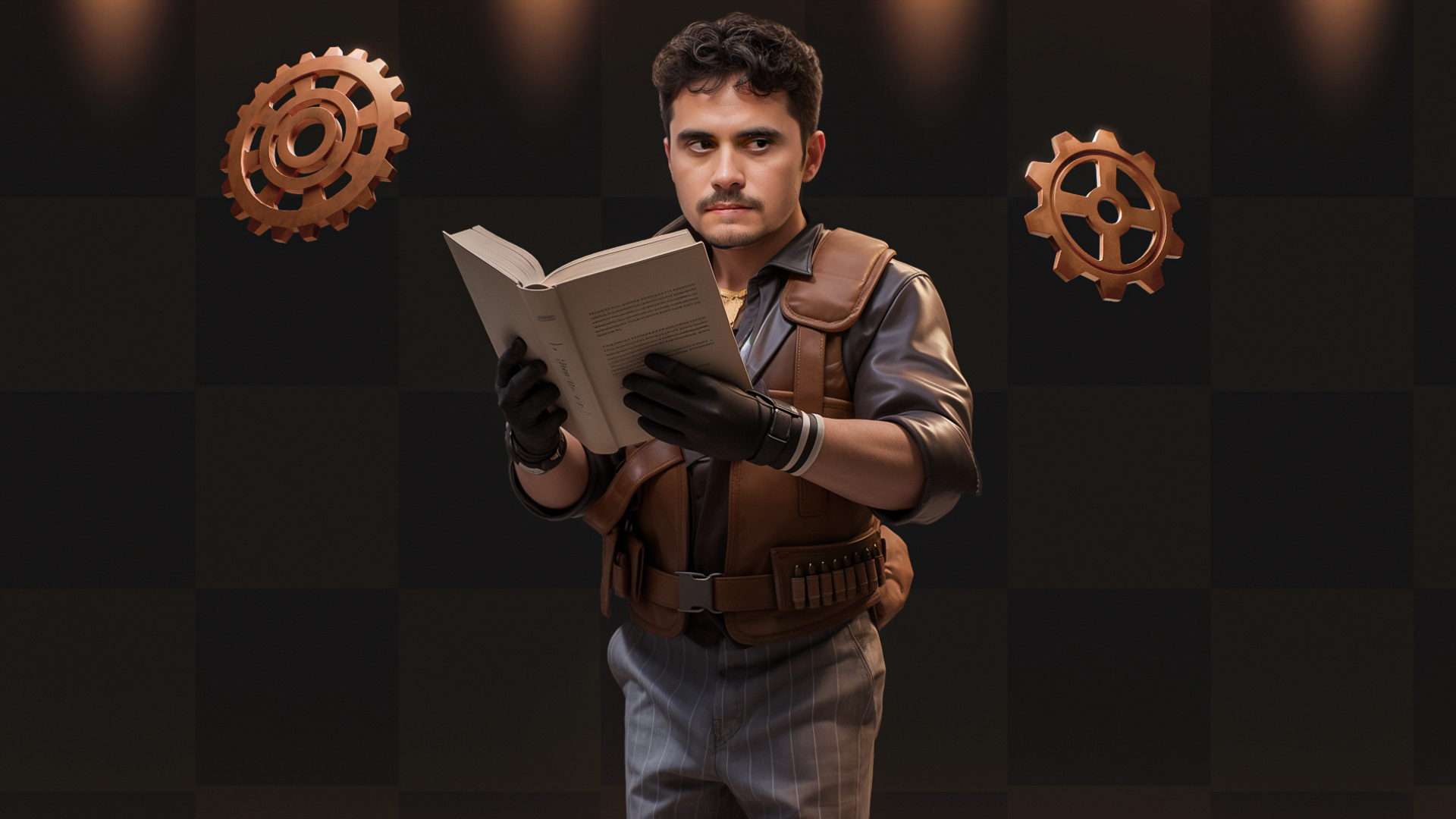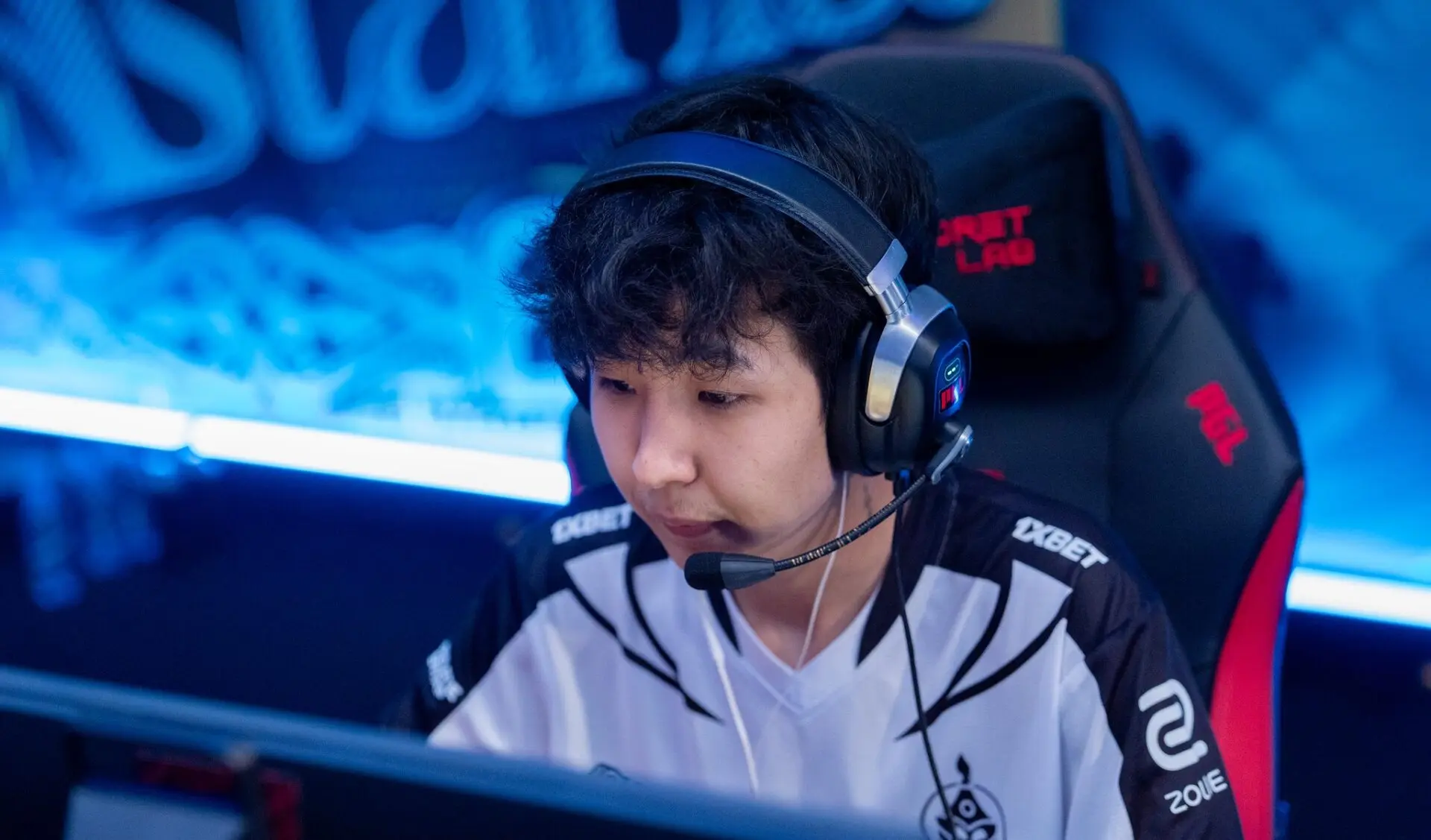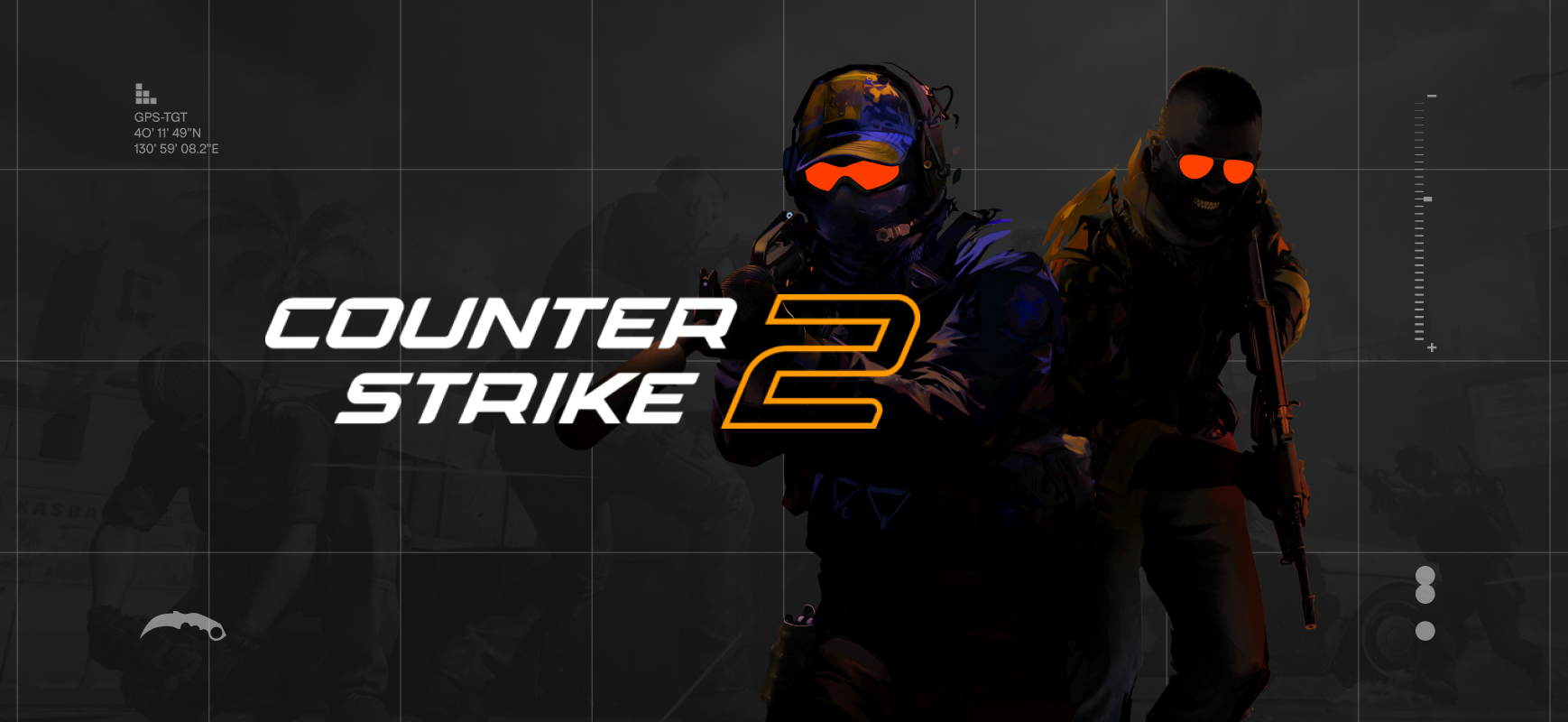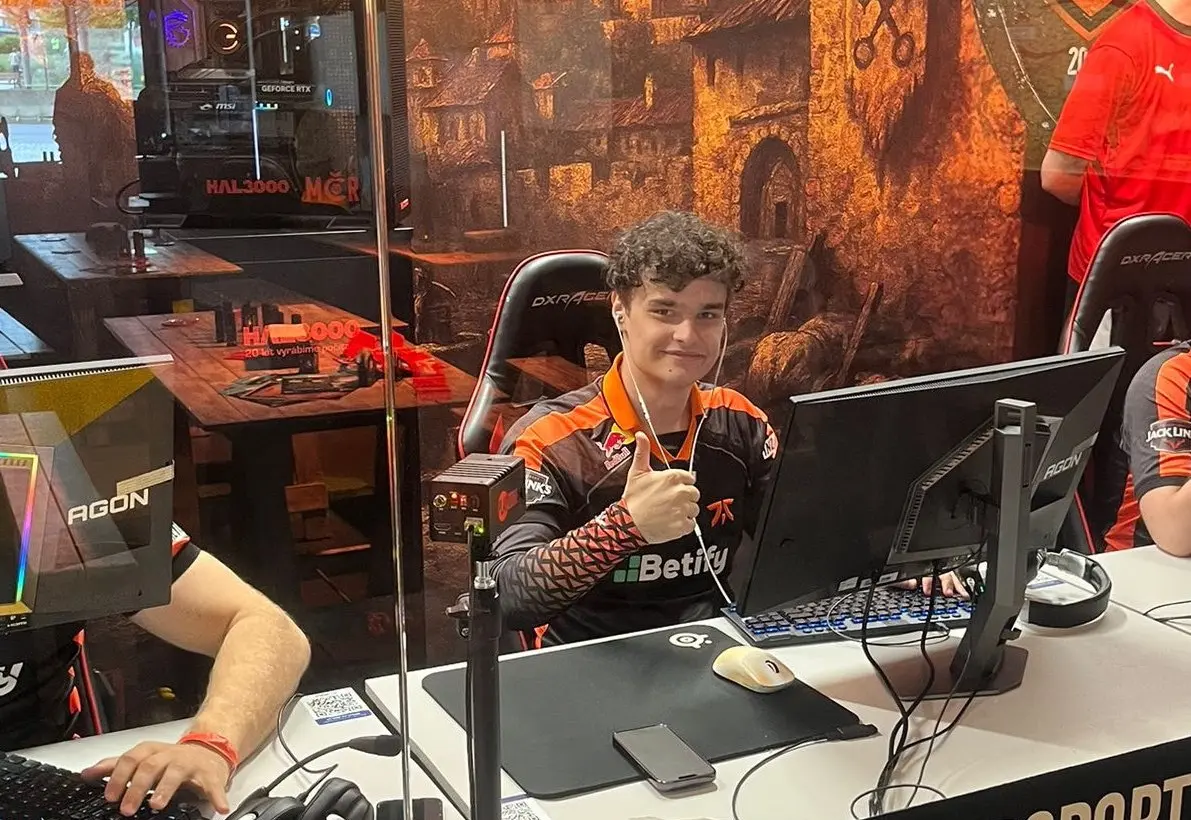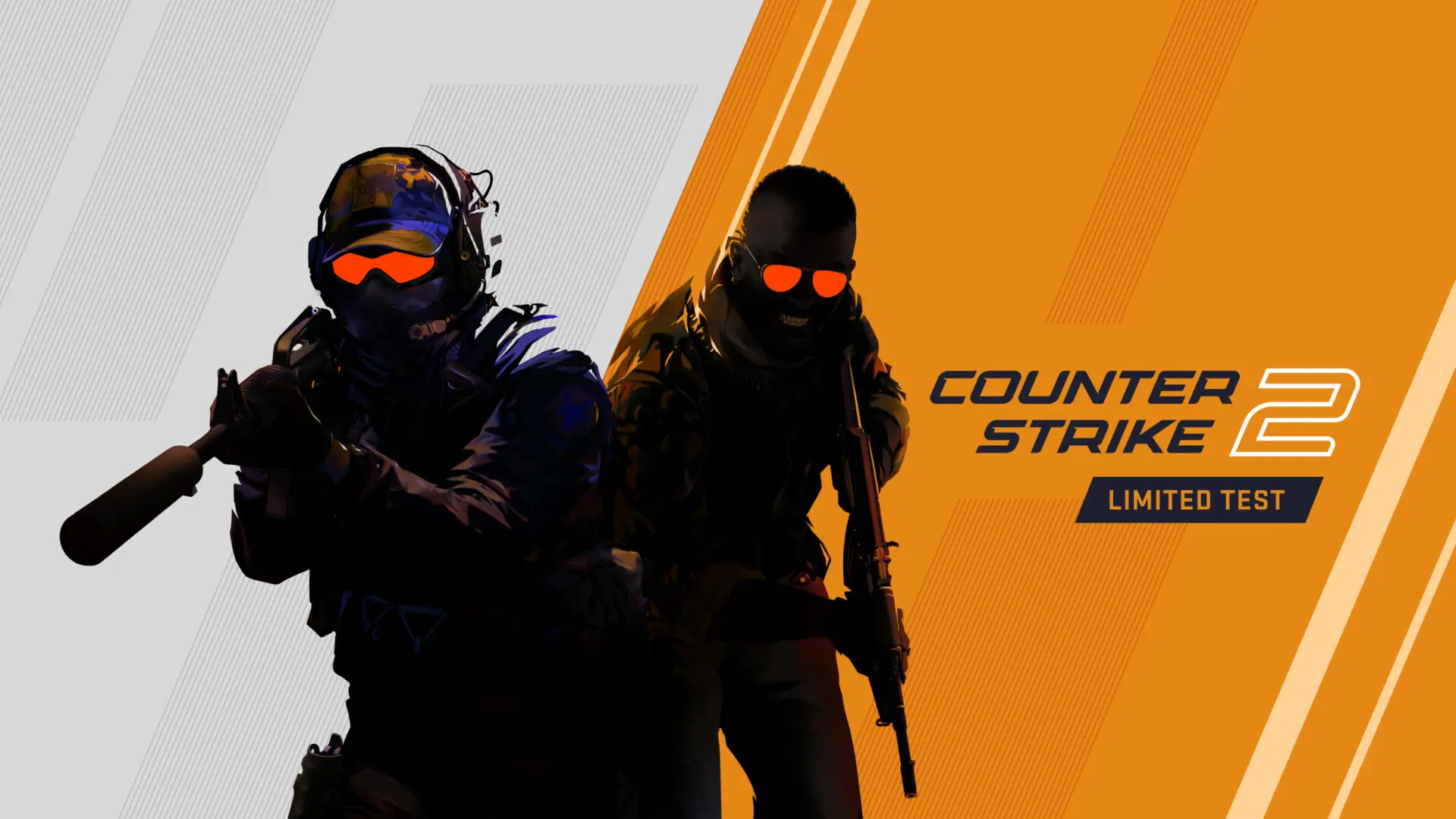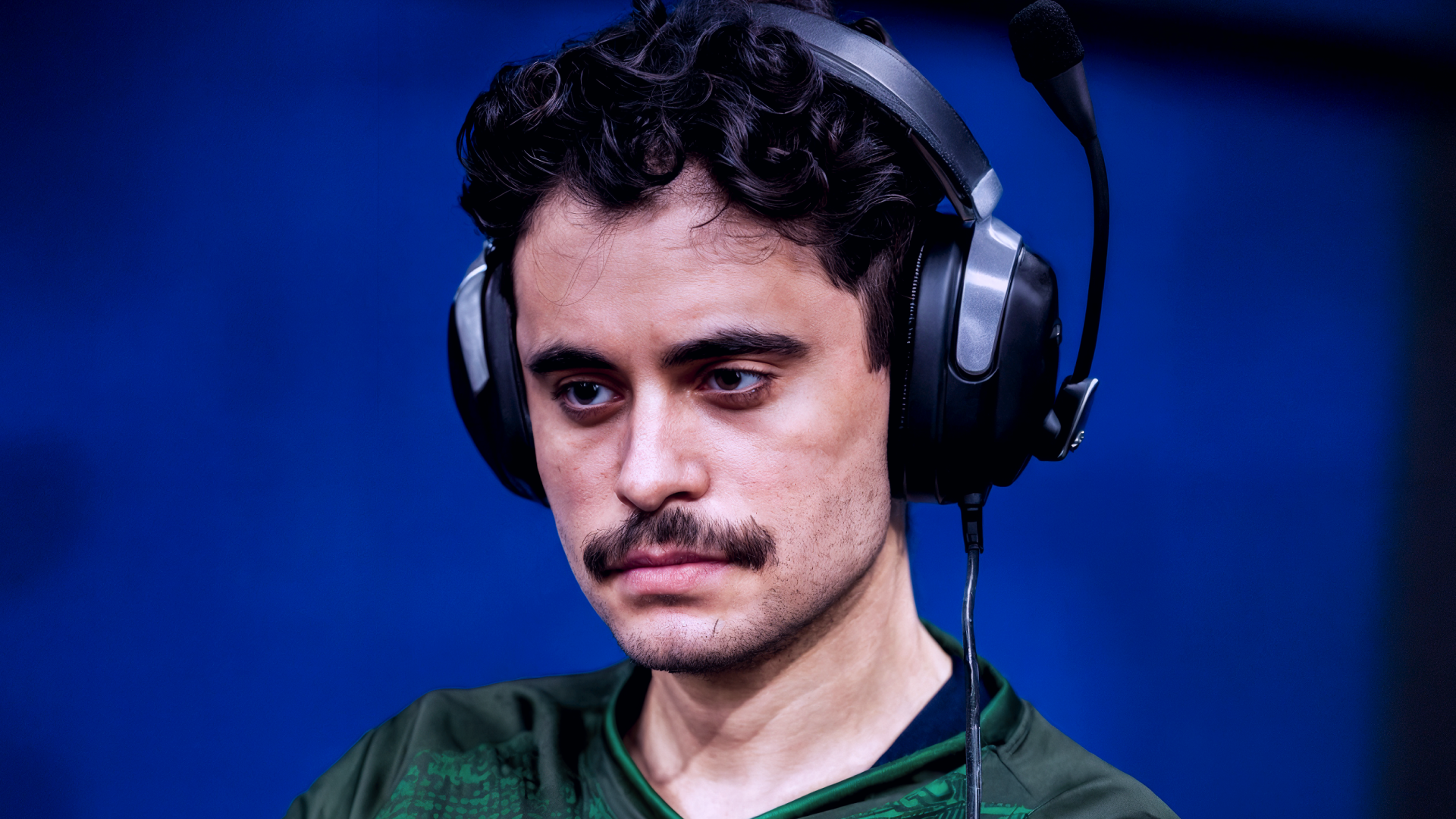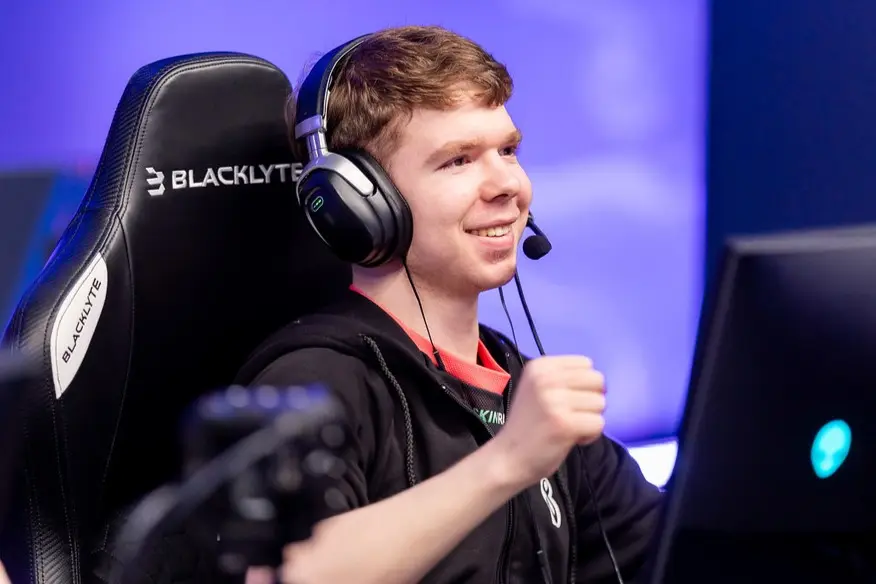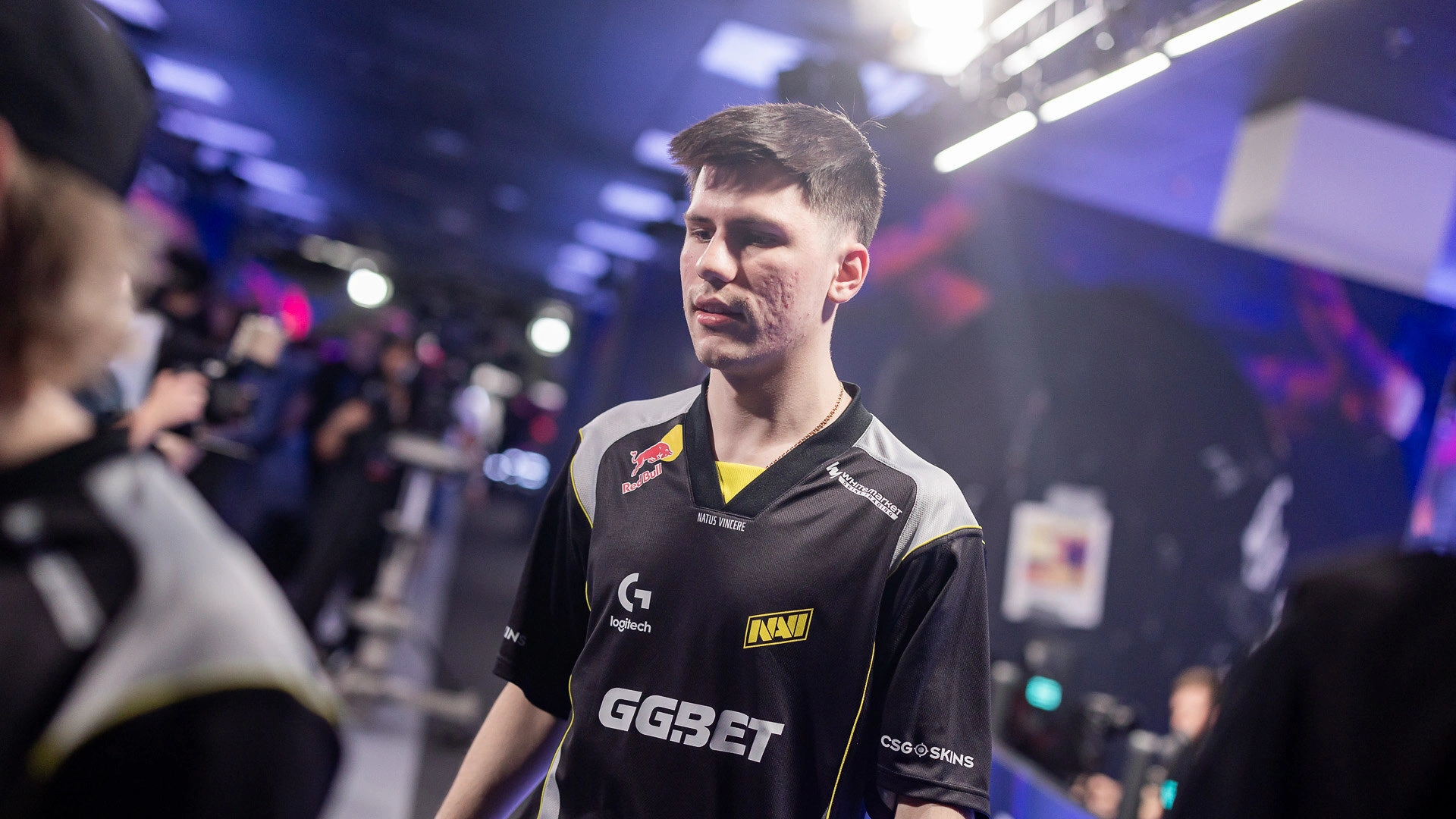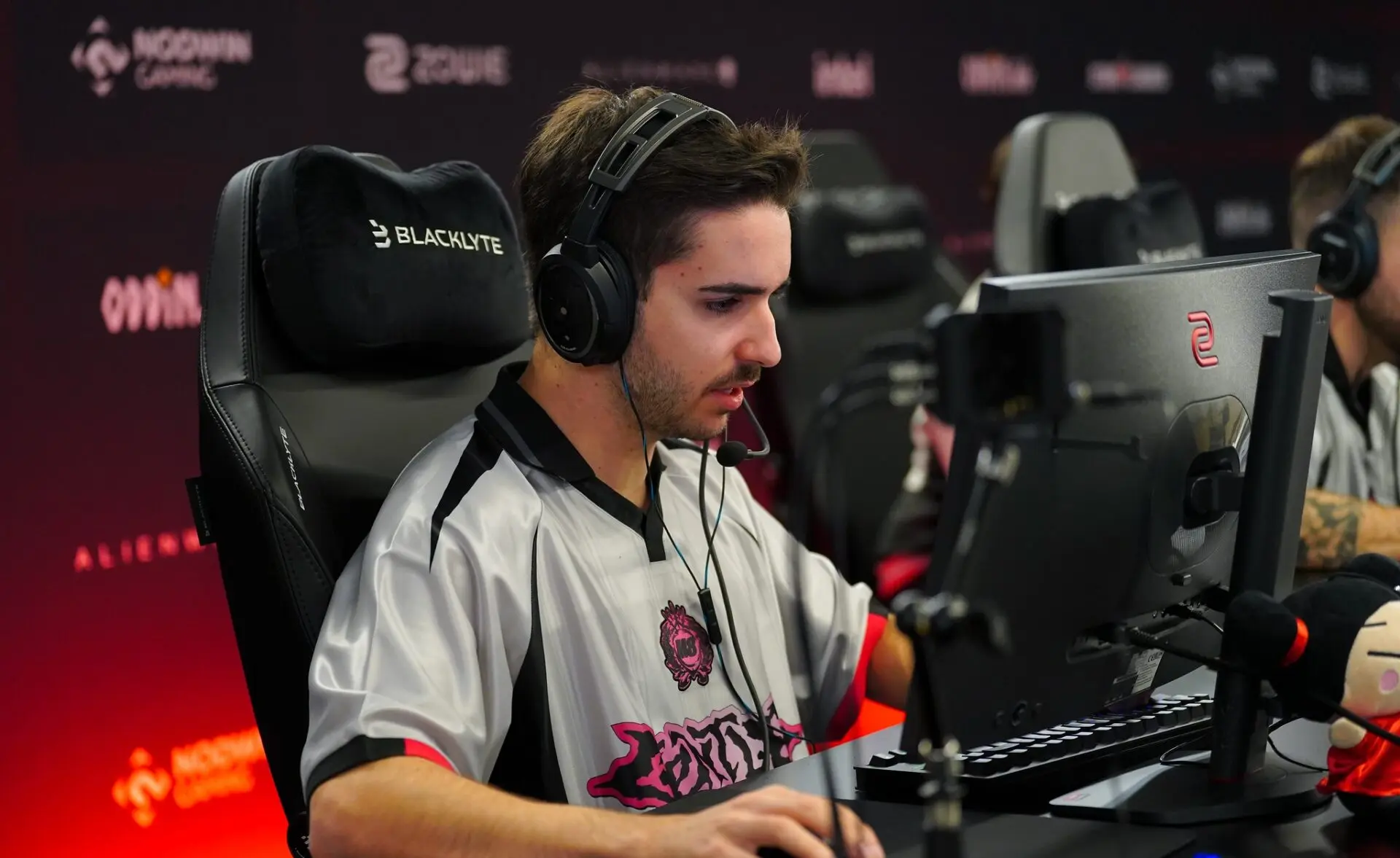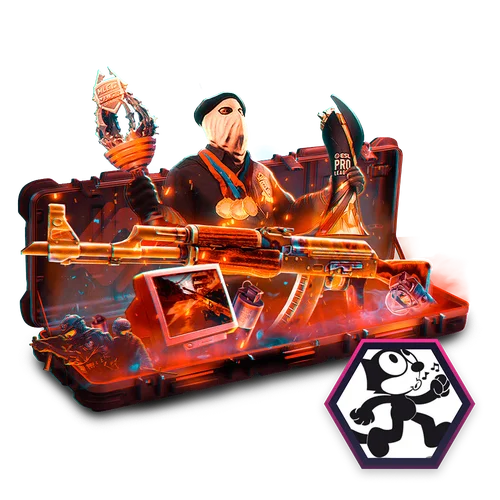Every Counter-Strike player is influenced by the meta, whether they realize it or not. The weapons people buy, the way teams take control, even how a site execute begins, it all comes from a shared understanding of what currently works best. Professionals constantly study and refine this invisible system, while most regular players simply play inside it. Learning to recognize and adapt to the meta is one of the clearest ways to bridge that gap.
The best part is that it’s not limited to professional teams or analysts. With a bit of awareness and curiosity, anyone can start reading the game differently. Once you understand how the meta works, every round begins to make more sense, and your decisions start to feel deliberate rather than random.
Understanding What You’re Up Against
The first step in adapting to the meta is realizing that it already surrounds you. Every ranked or casual game has its own version of it, shaped by what players see in professional matches, streamers’ habits, or recent updates.
read more
Pay attention to how your opponents approach the round. Notice which weapons dominate the economy at your level and how people use their utility. When you start to see the same smokes, flashes, or timings across different matches, that’s the current meta in motion. Even in lower ranks, patterns emerge quickly. Players might not know why they do something, but they’re still following what they’ve seen work elsewhere.
Watch how teams take space and when they decide to fight. Are they pushing early to surprise you, or waiting for utility before committing? Do they prioritize map control or play for picks? These small details tell you what the community believes is “strong” right now.
Understanding this doesn’t just help you react better; it gives you a clearer sense of the game’s flow. Once you recognize the rhythm, you can start anticipating what’s coming next instead of simply responding to it.
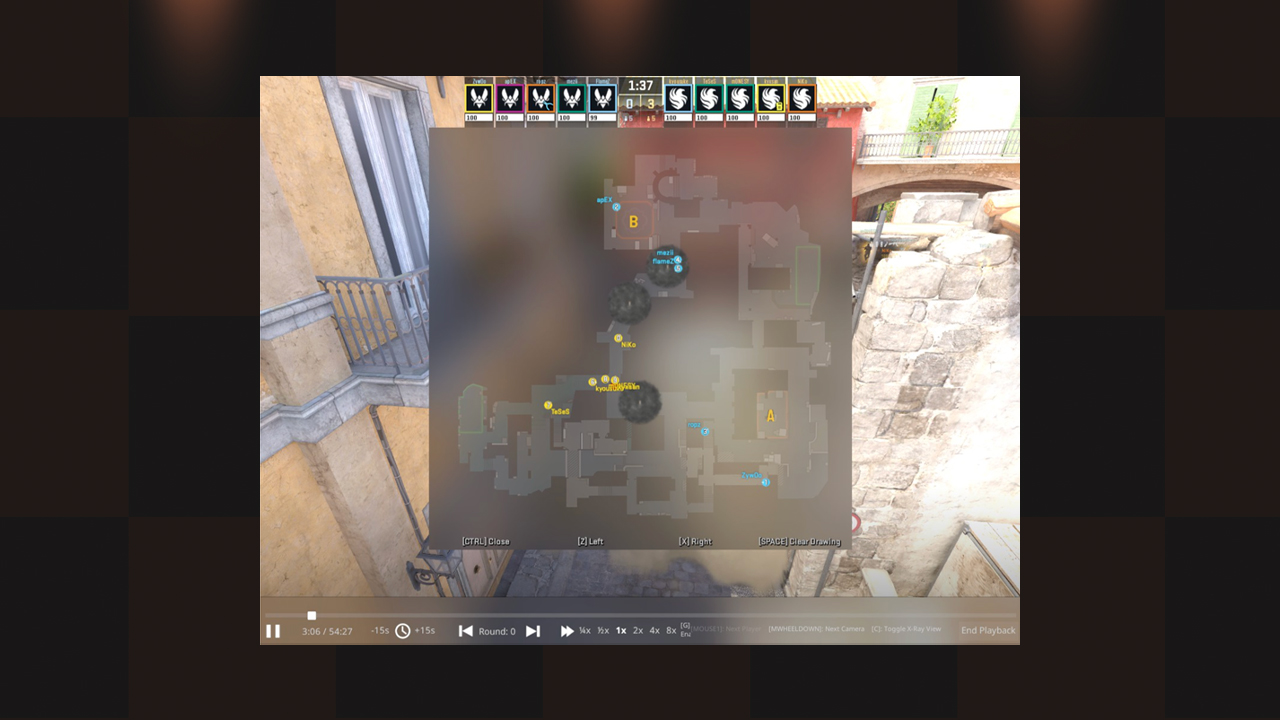
Learning from the Best: The Smart Way
Most players watch professional Counter-Strike for entertainment, not education. But there’s a lot more to learn from a match than highlights or flashy aim. If you slow down and pay attention to how teams think, you’ll start seeing why certain ideas dominate the current meta.
When watching a match, focus on what happens before the fights. How does a team take control of key areas like mid or banana? When do they use their grenades, and how do they reposition afterward? These choices are rarely random. They’re built on logic, timing, and information(the foundation of the meta).
read more
It helps to pick one map and study it carefully. Choose a team that consistently performs well on that map and observe how they approach it. Look for recurring setups or rotations. Once you start noticing these patterns, you begin to see the structure behind their playstyle.
Learning from pros isn’t about copying everything they do. It’s about understanding their thought process. When you can explain why a team does something, you’re already closer to applying it effectively in your own games.
If you are unsure about where to look for patterns, I would recommend watching other pros streams or checking YouTube. Many retired players and current professionals share content that breaks down their thought process, positioning, and utility use. It’s one of the best ways to see how the meta actually functions in live matches rather than just on stage.
Building the Meta into Your Routine
Adapting to the meta isn’t about overnight transformation. The key is to take it one layer at a time and make it part of your habits.
Start with utility. If there’s a popular smoke or flash you see professionals using, learn it properly and work it into your game. Once it becomes natural, focus on the next piece, maybe map control or positioning. Improvement comes from stacking these small, deliberate adjustments until they form your version of the meta.
Understanding rotations is another way to apply meta knowledge. Pay attention to how professional teams react to sound cues or early information. You can do the same, even in matchmaking. Every decision you make, whether to rotate, save, or push should come from a reason, not a guess.
The economy also plays a big role. Knowing when to buy, save, or force can completely change a match’s direction. Following how the meta handles economy helps you manage your team’s resources better, especially when rounds are close.
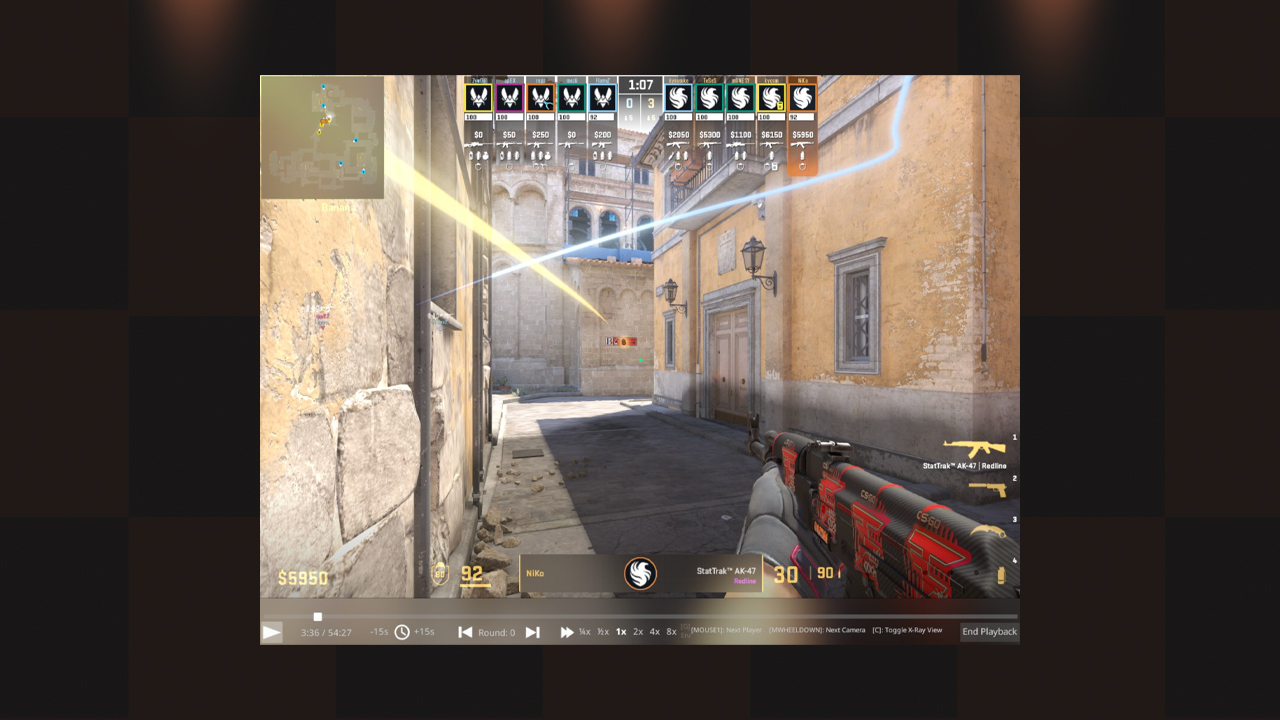
As you incorporate these habits, you’ll start making meta-informed decisions naturally. You won’t need to think about them consciously, they’ll simply become part of how you play.
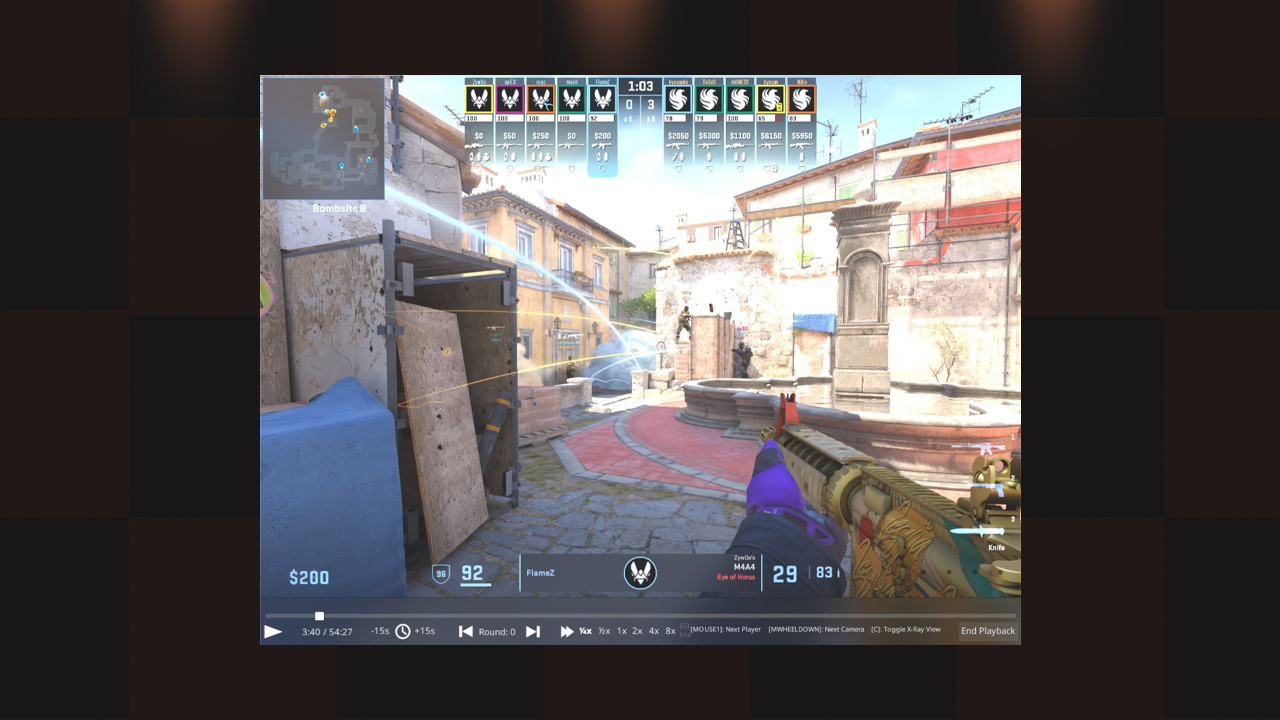
Think Beyond Copying
One of the easiest traps for developing players is trying to imitate the pros exactly. Copying isn’t understanding. What works for a professional team with perfect coordination might fail in a solo queue game with no communication.
The goal is to adapt ideas, not mirror them. If your teammates can’t execute full map-control defaults, simplify the concept. You can still play slower, gather information, and force rotations without running the exact same setups. The principle is what matters: control the round instead of letting it control you.
Adaptation also means staying flexible. Every meta eventually becomes predictable. Once everyone starts doing the same thing, it loses its edge. That’s when good players start experimenting again, and the cycle continues.
I’ve seen players fall behind simply because they never questioned what they were doing. They kept playing the “right” way long after it stopped working. The best players treat the meta as a guide, not a rulebook. They learn from it, use it, and eventually move beyond it.
Staying Ahead of the Curve
Recognizing and following the meta is important, but staying aware of how it evolves is even more valuable. The game changes constantly — weapons get balanced, maps are reworked, and professional trends shift.
Build a habit of reflection. After every match, ask yourself what worked and what didn’t. Did your opponents rely on certain strategies? Did something new catch you off guard? These small bits of awareness keep you sharp. Over time, you’ll start predicting how players at your level will behave before the round even begins.
Discussing the game with teammates or friends also helps. Everyone notices different things. Sharing perspectives builds a deeper understanding of what’s happening in your matches and across the community.
When you develop this kind of awareness, the meta stops being something you follow. It becomes something you read, analyze, and respond to.
Always a Student of the Game
Counter-Strike’s meta will never stop changing. Every update, every new idea, and every shift in professional play keeps the game alive and evolving. The players who continue to improve are the ones who treat that change as an opportunity instead of a threat.
Adapting to the meta isn’t about memorizing the latest tricks or mimicking professionals. It’s about curiosity, the willingness to ask why something works and how it fits into your own game. Once you develop that mindset, you stop chasing the meta and start learning from it.
read more
The beauty of Counter-Strike is that the meta belongs to everyone. Whether you’re grinding ranked games or competing on stage, it’s always there, waiting to be understood. The more attention you give it, the more control you gain over your play.
At some point, you’ll realize you’re not just following the game anymore. You’re reading it, shaping it, and growing with it exactly how great players always have.
I truly believe when you start adapting and learning even for a normal gamer. The game becomes more fun and I hope that’s what you will find from reading this.





























